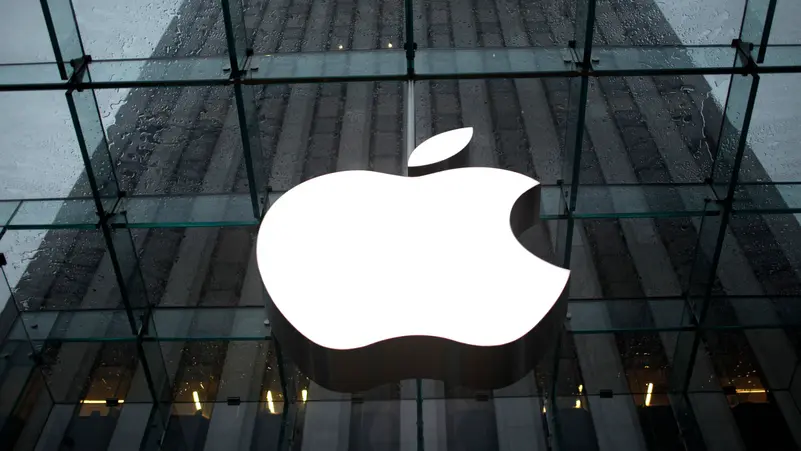Apple CEO Tim Cook has announced that the tech giant expects to incur $1.1 billion in tariff costs during the fiscal quarter from July to September.
This represents a slight increase from the previous quarter’s estimate.
The announcement was made during Apple Q3 earnings call with investors on Thursday, following the release of the company’s financial results for the third quarter of its fiscal year.
Apple at the Center of U.S.-China Trade Tensions
While the projected tariff costs are based on current trade rates and policies, Apple CEO indicated that the actual financial impact may end up being lower—just as it did last quarter when Apple had initially estimated $900 million in tariff expenses but ended up paying less.
Apple has been at the center of ongoing U.S.-China trade tensions that began by President Donald Trump.
These tariffs previously cost the company $800 million in the fiscal quarter ending in June.
The uncertainty also led many consumers to purchase iPhones earlier than usual, boosting Apple’s Q3 sales performance to its strongest in at least four years, according to market data.

30% Tariffs on Chinese Imports
Apple CEO explained that most of the current tariffs affecting Apple are imposed under the International Emergency Economic Powers Act (IEEPA).
Earlier this year, amid escalating trade disputes, the U.S. and China agreed to impose 30% tariffs on Chinese imports—including electronics—starting from August 12.
China remains a major manufacturing hub for Apple’s flagship products.
Despite the surge in sales, Cook downplayed the tariffs’ role in boosting revenue, attributing the growth to product strength instead.
Apple CEO: “iPhone sales rose 13% year-over-year.
“If you look at iPhone, the iPhone 16 lineup grew in double digits compared to the iPhone 15 during the same quarter last year,” Cook noted.
“This led to record upgrade rates, which I believe directly reflects the strength of the product.”
iPhone sales rose 13% year-over-year, generating $44.5 billion—nearly half of the company’s total revenue of $94 billion for the quarter.
However, Apple CEO acknowledged that tariffs remain a burden and could continue to impact operations even if Apple relocates more of its manufacturing to countries with lower tariffs.
50% of the iPhones sold in the U.S. are Produced in India
Currently, Apple devices are primarily manufactured in India, China, and Vietnam.
About half of the iPhones sold in the U.S. are produced in India, while Macs, iPads, and Apple Watches for U.S. consumers are mostly assembled in Vietnam.
Both countries face tariffs of 25% and 20%, respectively.
President Trump had previously criticized Apple’s increasing reliance on India for manufacturing and threatened to impose a 25% tariff unless Apple shifted iPhone production to the United States.
Apple Allocates $500 billion for U.S.-based Initiatives
Reaffirming Apple’s commitment to domestic investment, Apple CEO emphasized during the earnings call that the company has allocated $500 billion for U.S.-based initiatives over the next four years.
These investments include semiconductor and chip manufacturing facilities across the country.
Source: Al-Arabiya


